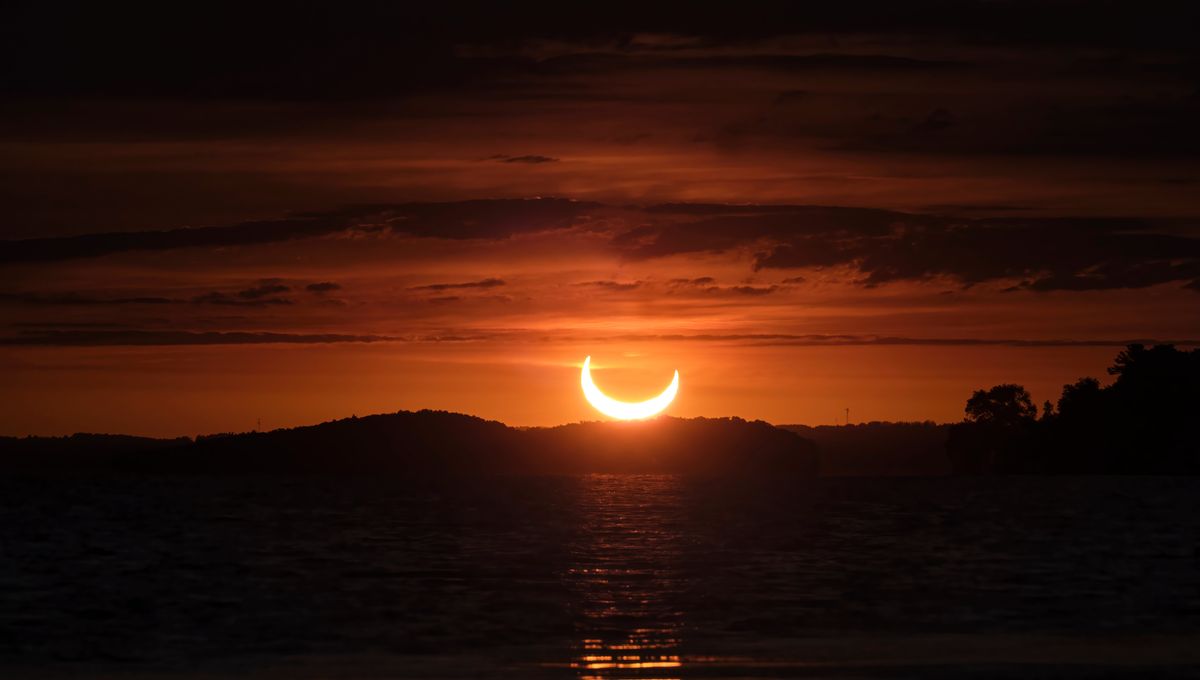
A week ago, a stunning total lunar eclipse was seen by a record-breaking number of people on the planet. This week, there is a solar eclipse, and it’s going to be the complete opposite. Eclipses often come in pairs, but these two are truly an odd couple.
The lunar eclipse of September 7 was total, with the Moon completely entering within the Earth’s shadow. The coming solar eclipse is partial; the Moon will cover only a portion of the Sun. Last Sunday’s spectacle was seen, at least in part, by over 7 billion people. This one might be seen in part by just 16 million people, and that in part is doing some pretty heavy lifting.
The most populous city that will be able to see the eclipse is Sydney, but it will experience the Moon covering just over 1 percent of the Sun for 5 minutes. If we want to be a bit more stringent with our requirements, maybe getting 10 percent or more of the Sun covered, then we are looking at about 6 million people and over 25 million sheep across Oceania. As the little joke implies, yes, the best place to see it is New Zealand.
As partial eclipses go, the Moon is doing a good job of covering the solar disk. The Moon will eclipse around 80 percent of the Sun. Too bad for the awkward location and timing. In the best places, the eclipse will start before sunrise; these places are either in the middle of the Antarctic Ocean, such as Macquarie Island, or directly on the Antarctic continent.
If you are looking for a good inhabited place to enjoy the celestial spectacle, the city of Invercargill, the southernmost and westernmost city in New Zealand, is your best bet. If you are not local to New Zealand, and feel that you can’t just hop onto a last-minute flight, worry not! Our friends at Time and Date are streaming the eclipse, so you can watch it from your abode.
The eclipse will peak at around 19:43 UTC on Sunday, September 21, or very early in the morning of Monday, September 22, for Oceania. Good excuse to tell your boss to start work late, so everyone can try to experience the Moon covering a bit of the Sun. If you do get the chance to glimpse it in person, remember to wear a pair of solar glasses – it’s never safe to look directly at the Sun, especially during a partial eclipse.
Eclipses can happen multiple times a year, but they do not occur every month. That’s because the orbit of the Moon is at an angle with respect to the orbit of the Earth around the Sun. Only when the full Moon or new Moon occurs when the Moon is near the intersection of the two orbits can an eclipse occur. In this case, the Moon, the Earth, and the Sun are not on a perfect line, so only part of the solar disk is obscured.
Some exciting eclipses are coming in the next few years, including a total solar eclipse across Europe next August, and an annular solar eclipse (also called a “ring of fire“) across South America and stretching to west Africa next February. Then, in August 2027, the longest eclipse of the century will happen across Northern Africa.
Source Link: How To Watch The "Awkward" Partial Solar Eclipse This Weekend